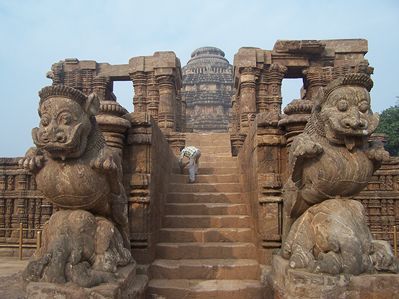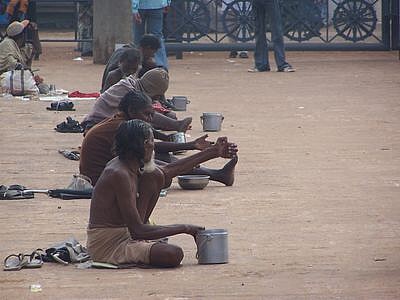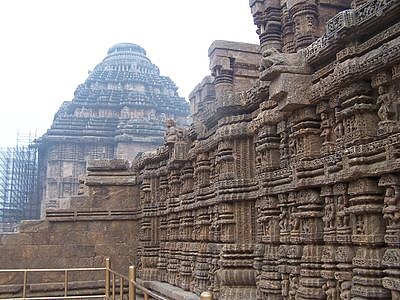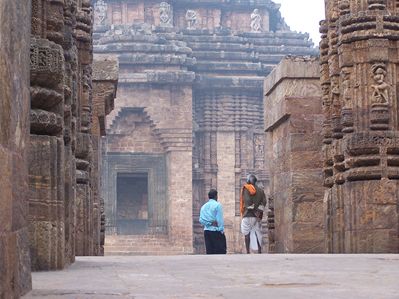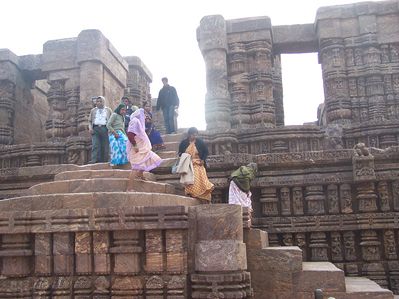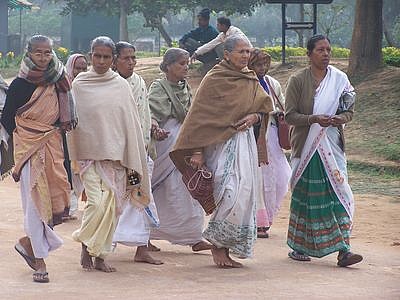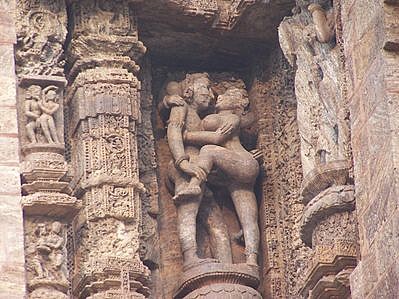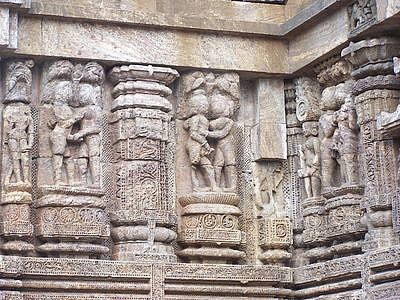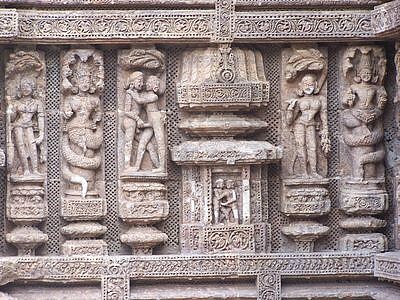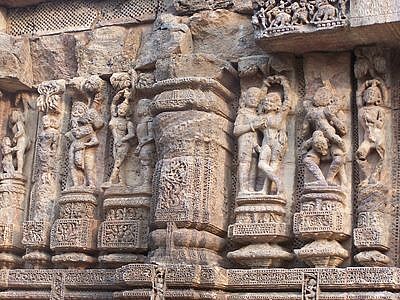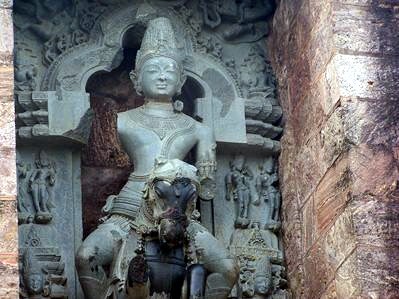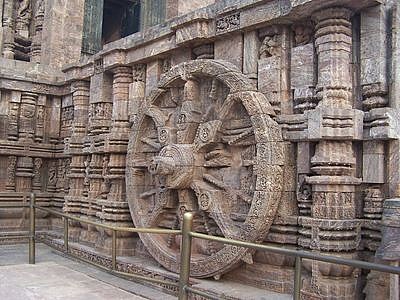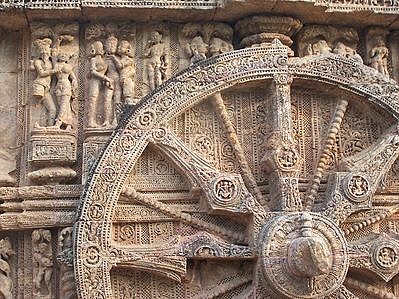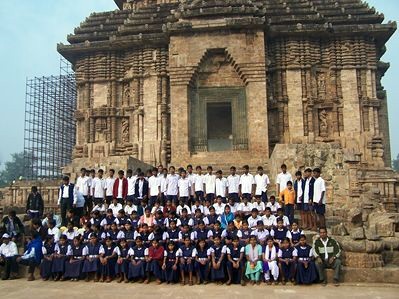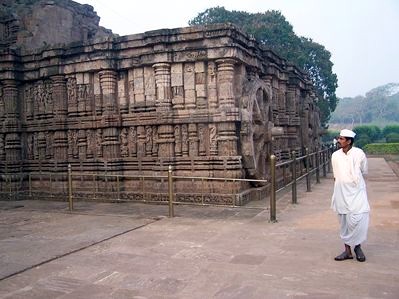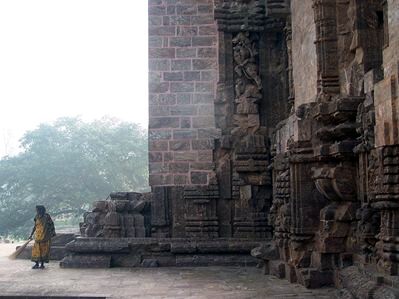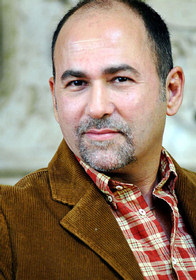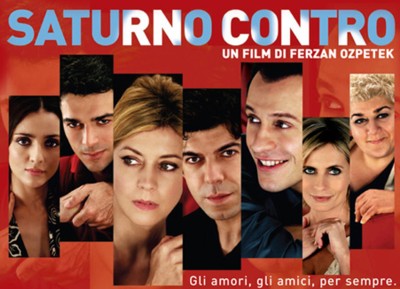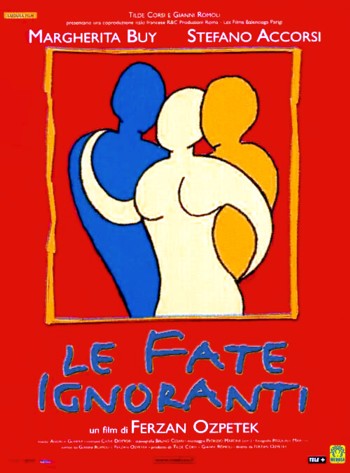Finally I saw JBJ,
Jhoom Baraber Jhoom.
The reviews were so bad and I am not a real fan of any of its stars, so I was not very motivated to watch the film. However the music was wonderful and I kept on listening to the songs. Even after many more newer movies had come and gone, the music of JBJ continues to pulsate in my head even now.
Plus the negative reviews are actually a plus point, the more negative the reviews, the less expectations I have when I do watch some of those film. This is true up to a point. There are certain films with unbelievable storylines, that good or bad reviews, that I don’t want to watch any way. But for films like JBJ, I think that bad reviews are good since almost always I end up feeling that the film was not so terrible after all.
That is how I started watching it, ready to doze off while watching it. Yes, I hate to admit it but it seems to happen quite frequently recently, that I doze off while watching some films and my wife swears that I snore louder than the background music of some of these films. So I was there, feeling a little complacent and superior, about the depths the Bollywood film industry has fallen to, sprawled on the sofa in the living room.
Guess what, I never dozed off and on the whole I liked the film. I thought it was a little whacky but it was good fun. I loved
Lara Dutta too, the first part of the film, like in the song "
Ticket to Bollywood".
I even liked
Amitabh Bhacchan, he looks kind of cute and he seems to be enjoying himself.
But I can understand the point of all the critics and
aam junta, who didn’t like this film. It is a real nightmare, especially for those defending
Bhartiya sanskriti and NRI dreams. The film bulldozes almost all the sacred cows dear to babies fed on mamma Yashraj films’ milk of Raichand families, Rahuls, Veer-Zaaras. Yes, I know I am mixing my Chopras, Johars and Barjatyas, but I am sure you get point I want to make.
Jhoom Barabar Jhoom is a subsversive film
The film has been packaged as usual YR Films’ dream merchants’ usual
masala fare, but actually it is quite subversive and not very subtle about it.
Most of all, it does not respect Indian sensibilities. Probably it rankled the nuts of our Pakistani brothers as well. One of my femminist friends was telling me that there is nothing like an "
attack on our culture" to bring Indians, Pakistanis and Bangladeshis together. While taking care of their errant wives/daughters/sisters, they forget all their other differences. And, this film is an "attack on our culture", no doubts about it. Let me explain myself better.
AB’s baby (
Abhishekh Bachchan) as Rikki Thakural, originally from Bhatinda and transplated in Queen’s Engliand, could be a
bhaiyya living under madam Mayawati ji, even if occasionally his accent does get English. He is a crook, bumming off magazines and other things from honest shopkeepers (remember Amrish Puri, the stern father of DDLJ?). He could be Bunty who has run away from Allahabad and landed in UK. No sophistication, no house with the staircase fit for horse-riding, no chandeliers, no private helicopter, no loving mother waiting with
aarti ki thali. The character must have been like ice cold showers to all those
Bhatindawallas planning to sell off their lands to migrate to the land of milk and honey. I mean, how can you emigrate to the land of the plenty and continue to be a crook and
bhaiyya? What kind of dreams are these?
And, BTW, is Bhatinda the new Jhumaritalaiya? Lot of the heroes and heroines these days are from Bhatinda. Remember JBM and the sikhni, Geet? I bet, it is a ploy to raise up the property prices in Bhatinda, but let me not digress.
Zinta baby’s Alvira Khan (
Preity Zinta) is a Pakistani babe who must be the nightmare of all Indian and Pakistani parents, who are losing the desperate fights to keep their children uncorrupted by the decadent values of western culture (if you can call them values and culture!). All those NRIs don’t need to go to cinema to see those nightmares, they live them every day, so why should they watch a movie that revels in glorifying that nightmare? A good Muslim girl does not wear short minis and does not talk with strangers at the Railway station. Not even one burkha scene in the film! Terrible for our Asian culture!
And, the story of love between a Muslim girl and a Hindu boy, it is a serious business. It can be done like in
Veer Zaara, but what kind of values are you promoting if you never raise the religion issue in the whole film? Are we trying to say that for love, religion is not important? Terrible, no
sharm haya is left in today’s world!
Lara Dutta looks good enough to eat in the first half of the film, but in the second half, her character as the tart Laila is terrible. I mean, we can be understanding about these "fallen" women with loose morals but they must show a bit of remorse for their situation, and they must be willing to cover their heads and coyly ask for
maafi, while chanting
Hanuman chalisa. However, Laila does not feel any remorse, she uses dirty words, behaves like a slut and then takes a honest mummy-loving dear lad like Satvinder (
Bobby Deol) and turns him in to one of those modern kinds who go out with their girl friends without worrying about
Bharitiya Sanskriti or their moms.
The film was not given an “adults only” certificate and I am sure that it must have been an insidious but gravely deleterious effect on the morals of our corruptible youngsters. Rightfully it was refused by our intelligent public of NRIs and hopefull NRIs in India.
I hope YR films (and their brothers and sisters in Johar films, Bartajatya films, etc.) have learnt their lesson and are preparing the next episode of Raichand-Rahul saga with half-naked cold-proof heroine dressed in a
Bhartiya sari dancing in the Swiss mountains, waiting to cover her head demurely with her sari and touch senior Raichand ji’s feet as his respectful bahu, while celebrating
karva chauth. I bet that will be a huge hit.
I the mean time, I am still smiling after finishing towatch JBJ, but then I was already morally corrupted, so that is no big news that I like all these
faltu films!
***

















